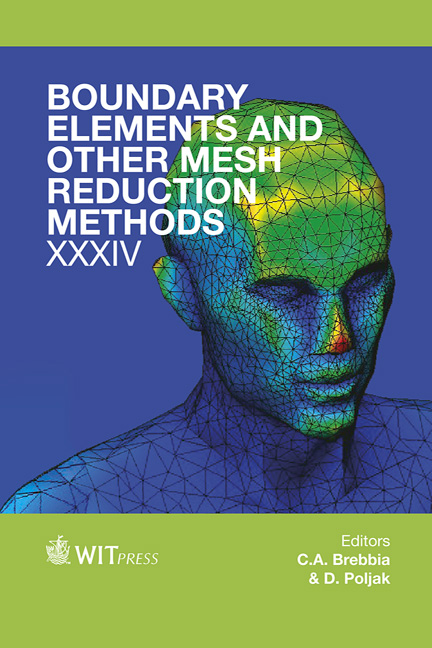BEM And FEM Simulations Of The Vibroacoustical Response Of Finite Noise Barriers
Price
Free (open access)
Transaction
Volume
53
Pages
8
Page Range
323 - 330
Published
2012
Size
519 kb
Paper DOI
10.2495/BE120281
Copyright
WIT Press
Author(s)
S. Gasparoni, M. Ralbovsky, M. Haider, R. Wehr & M. Conter
Abstract
Noise barriers are one of the primary means in noise abatement for traffic-related noise in the proximity of roads and railways. The efficiency of noise barriers concerning sound absorption and sound insulation nowadays is evaluated with different experimental methods. On the other hand, simulations are very helpful for noise barrier manufacturers and are a cost-efficient tool for predicting and planning new noise barrier solutions. In the following paper, the focus is placed on the vibro-acoustical interactions of noise barriers with the surrounding sound field. This means that the sound produces a vibration in the barrier which then emits additional sound waves. This aspect, often ignored, is responsible for the transmission of sound through the noise barrier. Boundary and finite elements methods are best suited to simulate this kind of interaction. Simulations have been performed and different sound sources (plane wave, point source, line source) have been analysed. Keywords: noise barriers, noise abatement, diffraction, 3D-BEM simulations. 1 Introduction Noise barriers together with other noise abatement tools are increasing with the increase of transportation traffic. Usually attention is focussed on the noise diffracted by the barriers, which can be simulated with Boundary Element methods [1, 2] and can be measured using the Adrienne method [3, 4]. Another feature that characterizes the barrier is the transmission, which is the noise transmitted by the barrier itself, without taking into account the noise diffracted. In order to measure this, the Adrienne method is used and a combination of finite elements methods and boundary elements methods is used, as the first analyses the vibration of the barrier and the second examines the Boundary Elements and Other Mesh Reduction
Keywords
noise barriers, noise abatement, diffraction, 3D-BEM simulations.





